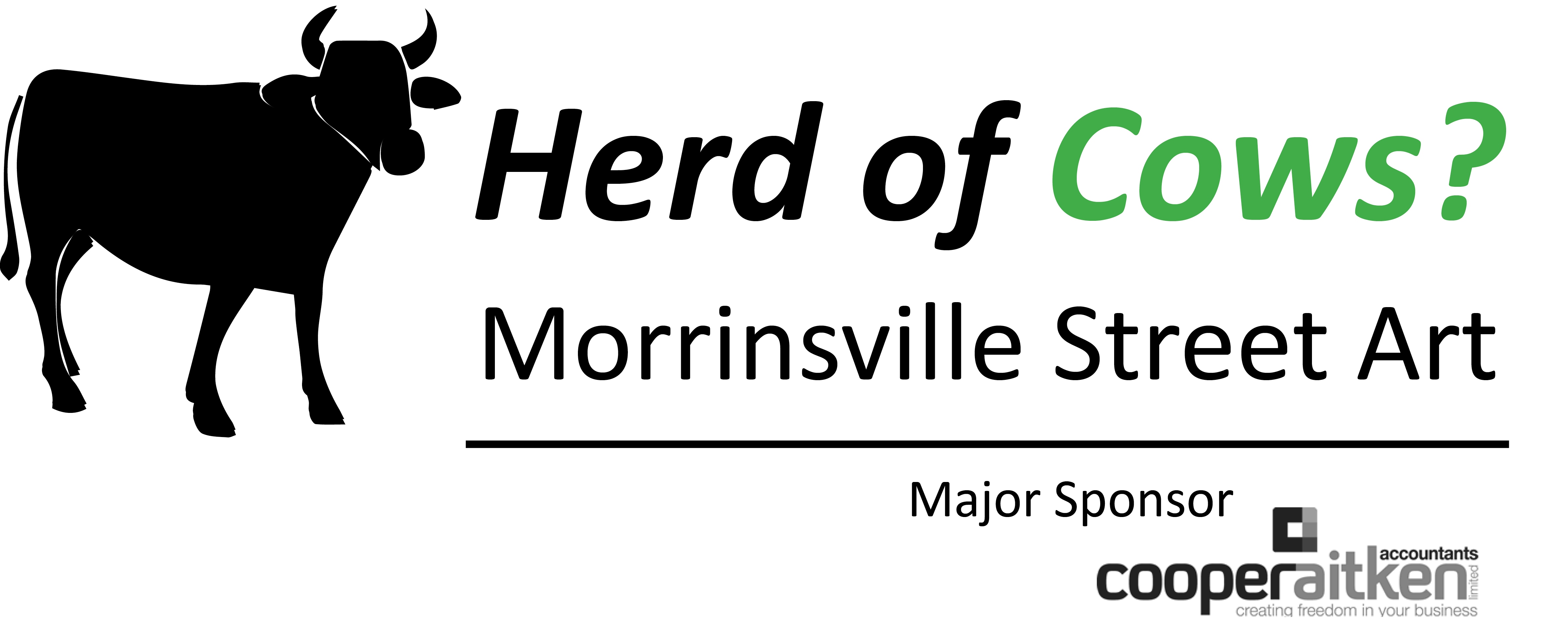New Provisional tax rules have come into force for the 2018 income tax year. The two major changes provide not only a simplification of the provisional tax rules but also opportunities for tax payers to manage their provisional tax liabilities much more effectively.
Change One – Safe Harbour
One of the most significant changes is an increase in the level of income tax threshold for the application of use of money interest applies; this is referred to as the ‘safe harbour’. Previously the threshold was $50,000 and only applied to individuals, i.e. not Companies or Trusts.
The changes increase the safe harbour from $50,000 to $60,000 of residual income tax or RIT which is the amount of final or terminal tax a taxpayer has for an income tax year.
The RIT is the total amount of tax on taxable income less tax credits such as PAYE, RWT and Imputation Credits.
More significant is the extension of safe harbour to non-individual taxpayers also, meaning that Companies and Trusts can now also benefit from this safe harbour threshold.
One of the key elements of the safe harbour rule is the requirement to pay provisional tax based on standard uplift. Standard uplift assumes that the amount of RIT that a taxpayer will be required to pay will be slightly higher than the previous year. It is worked out as 105% of the prior year RIT or 110% of two years prior.
Change Two – Application of use-of-money interest (UOMI)
The second significant change is for those taxpayers who fall outside the $60,000 threshold for safe harbour. For taxpayers that are not within the safe harbour threshold of $60,000 UOMI will only apply from the third provisional tax payment date so long as they make payments at the first and second dates based on standard uplift.
Practically this means that provisional tax payment one and two should be made based on the standard uplift method with a top up at the third provisional tax date. As the third provisional tax date falls after the end of the financial year, it is anticipated that tax payers should be able to forecast their total tax liability for the year with a reasonable amount of accuracy and therefore significantly reduce any exposure to UOMI.
Opportunities
These new rules provide a significant opportunity to manage the timing of provisional tax payments for the 2018 year. This is particularly the case where the 2016 income tax year resulted in losses or only a small amount of profit. In this situation, by managing the timing for filing the 2017 income tax return, provisional tax can be all but deferred to being paid at the third provisional tax date at the earliest. If there are significant losses brought forward to the 2017 year it may, in some cases, be possible to defer any tax paid to the terminal tax date which could be as late as April 2019.
Example 1 – 2018 RIT over $60,000
Mr and Mrs Farmer are dairy farming in the Waikato and run an average sized dairy farm through their company Waikato Farmer Ltd. They hold the shares as follows, one share each personally with the balance held by their Trust, a typical scenario for most. The company along with Mr and Mrs Farmer all have May balance dates.
Due to the dairy downturn, the 2016 year resulted in a small profit of $15,000 for the company after shareholder salaries. Minimal shareholder salaries of $14,000 were paid to Mr and Mrs Farmer to utilise the lowest tax rates.
After preparing the financial statements in June for the year ended 31 May 2017, there has been a slight improvement with a profit before shareholder salaries of $120,000. It is decided to declare shareholder salaries of $48,000 to each shareholder leaving profit in the company of $24,000. The 2017 income tax returns for Mr and Mrs Farmer and the company have not yet been filed.
Looking at the estimated profit for the 2018 year, based on production to date and the current pay out it is expected that the profit will return to a more normal level of $320,000. Assuming salaries of $48,000 will be declared to Mr and Mrs Farmer again, this will leave profit of $224,000 for the company.
If the 2017 income tax returns are held and filed during March of 2018, which with a tax agent is the latest that they can be, then the tax payments due under the new rules will be as follows;
| Mr Farmer | Mrs Farmer | Waikato Farmer Ltd | Total | |
| P1 – Oct 28 2017 | $0 | $0 | $1,540 | $1,540 |
| P2 – Feb 28 2018 | $0 | $0 | $1,540 | $1,540 |
| P3 – June 28 2018 | $7,791 | $7,791 | $59,640 | $75,222 |
| Terminal – April 7 2019 | $(371) | $(371) | $0 | $0 |
At the two first provisional tax dates the amount required to pay is calculated based on 110% of 2016, given that the 2016 year income was below the provisional tax threshold then the amounts will be zero. Once the tax returns for 2017 have been filed there is an increase in the amount required to pay at the third date which is now based on the new uplift amount of 105% of 2017 less any payments made.
The third payment for the company is a top up payment to prevent any UOMI. Under previous rules it would have been necessary to pay the total amount of tax expected for the company at each of the three payment dates which would have been $20,907. This is a significant deferral for cash flow purposes.
Example 2 – 2018 RIT under $60,000
Assuming all the same facts as above but the company profit the 2018 year is expected to be $250,000 before shareholder salaries of $48,000 each leaving a profit for the year of $154,000. The deferral of income tax is even greater as per below;
| Mr Farmer | Mrs Farmer | Waikato Farmer Ltd | Total | |
| P1 – Oct 28 2017 | $0 | $0 | $1,540 | $1,540 |
| P2 – Feb 28 2018 | $0 | $0 | $1,540 | $1,540 |
| P3 – June 28 2018 | $7,791 | $7,791 | $3,976 | $19,558 |
| Terminal – April 7 2019 | $(371) | $(371) | $36,064 | $35,322 |
A collaborative approach to provisional tax
The deferral of tax under both of the scenarios is a significant cash flow advantage where profits are rising, and would provide the ability to utilise funds that could otherwise be used for tax to reduce overdraft or other debt through the use of a revolving credit loan, loan offset or similar product.
This does pose some risk if not carefully budgeted for, it is for this reason that conversations around the deferral of paying provisional tax needs to be one to involve both your accountant and your bank manager. The inclusion of the deferred tax payments in the cash flow and budget will be critical so there are no surprises further down the track.
Use of a provisional tax pool
In some situations it might be preferable to pay the expected provisional tax in three equal instalments rather than deferring to either the third provisional payment or terminal tax payment. In that scenario we would recommend that rather than paying your provisional tax directly to Inland Revenue you make the payment to a provisional tax pool with Tax Traders who holds your tax payment on behalf of you. The primary benefit of this is the ability to have the tax payment refunded to you without waiting to file a tax return. This is of benefit should something in your business change or a significant reduction in the pay-out occurs.
It is also possible to purchase and finance income tax from Tax Traders. Further information on the services they offer can be found at www.taxtraders.co.nz
If you have any questions or wish to discuss this further please call your usual CooperAitken contact or Rory Noorland.

Rory Noorland,
Director
P: 07 889 7153
M: 021 721 368
E: rory@cooperaitken.co.nz




